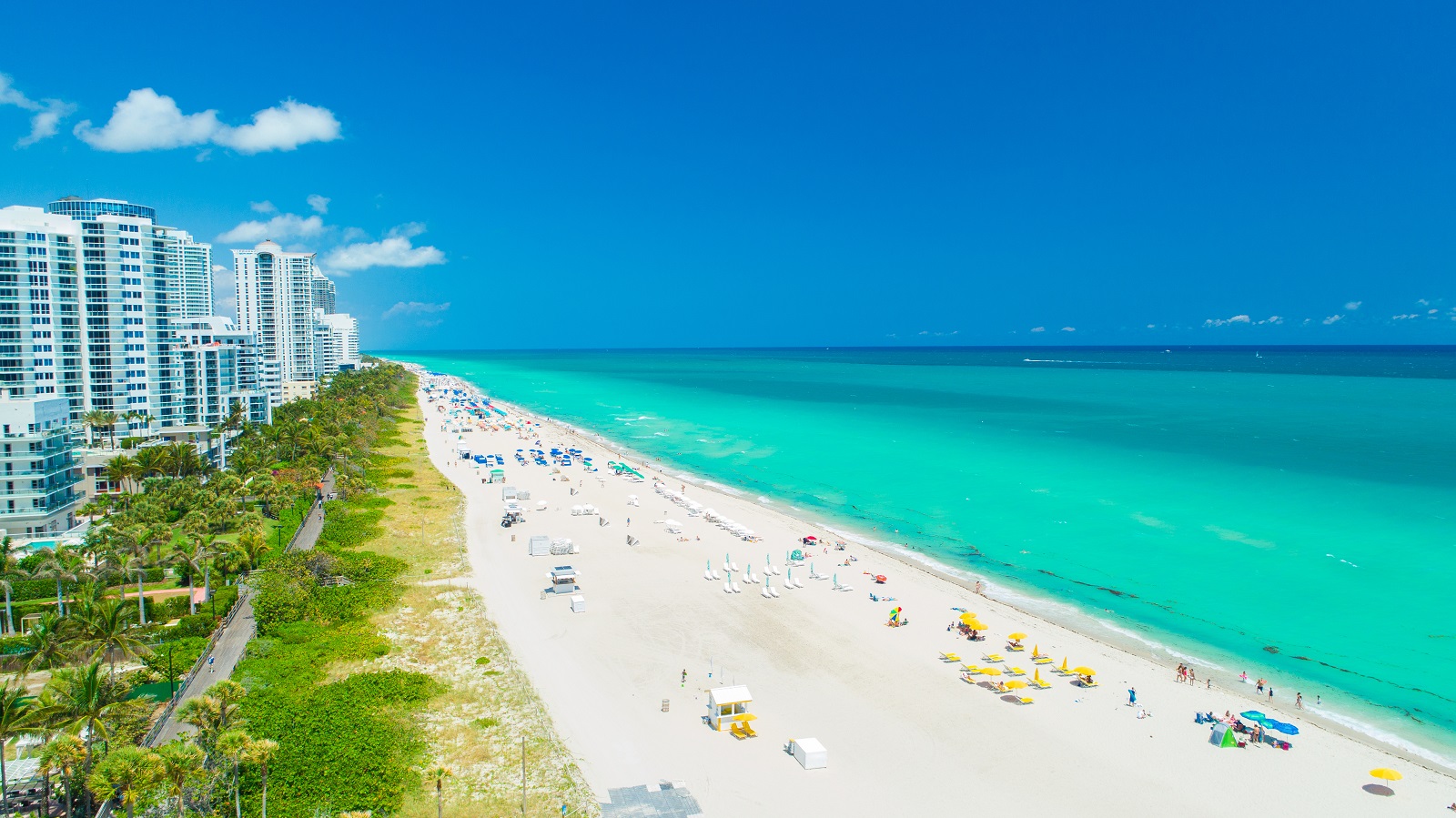Miami’s iconic coastline, dotted with luxury high-rises and beachfront condos, is facing an unexpected challenge. Recent research by the University of Miami has uncovered that at least 35 buildings in the region have sunk by up to three inches between 2016 and 2023.
This phenomenon, known as subsidence, is not new but raises fresh concerns about the long-term stability of these structures, particularly as climate change accelerates coastal erosion.
According to the new paper, prominent buildings such as the Porsche Design Tower, Trump Tower III, and The Ritz-Carlton Residences are among the affected properties. These sinking high-end Miami buildings, which house thousands of residents and tourists, are situated on South Florida’s barrier islands—a landscape uniquely vulnerable due to its porous limestone foundation.
This soft rock is prone to erosion, and rising sea levels coupled with stronger waves and heavier rainfall could further destabilize it. While subsidence is not always a cause for alarm, the type of sinking matters. Uniform settling is generally harmless, but uneven sinking, or differential subsidence, can lead to structural damage.
Signs of such issues include cracks in walls, doors, and windows that don’t close properly, as well as failing utilities. Experts emphasize the importance of ongoing monitoring to ensure the safety of these structures and their occupants. If these Miami buildings continue sinking, it could lead to bigger problems down the line.
This revelation comes in the wake of the tragic 2021 Champlain Towers collapse in Surfside, which killed 98 people. Although subsidence was ruled out as a direct cause of that disaster, the new findings highlight the pressing need for vigilance. The study’s authors call for thorough inspections and a deeper understanding of subsidence’s implications on coastal infrastructure.
Adding to the urgency is the role of climate change. Rising sea levels and frequent flooding are eating away at Miami’s natural defenses, potentially weakening the foundation of many buildings. The study also points to nearby construction as a contributing factor, as vibrations and groundwater pumping can shift the sandy layers supporting these structures.
Local officials have responded promptly, reports suggest, ensuring that inspection records are current. However, experts warn that the sinking condos in Miami could be just the tip of the iceberg. With the region’s unique geological and environmental challenges, proactive measures are crucial to safeguard its iconic skyline and residents.










